Health constitutes an essential aspect of human existence, garnering considerable awareness. Questions like "How do I currently feel?" or "What's that protrusion on my arm?" or even "Is a medical consultation necessary?" frequently traverse an individual's thoughts on a daily basis. Fortunately, health depiction in video games is significantly more straightforward.
In gaming, whether vitality is symbolized by a health bar, numerical values, or an array of heart symbols, the majority of players can readily comprehend the concept. Nevertheless, some alternative illustrations have emerged, attempting to introduce innovation. Here are the 8 games with the most innovative health systems.
Table of Contents
Broforce
The fundamental gameplay of the core game closely resembles early run-and-gun shooters like Contra, with the notable distinction that protagonists possessed only a single life. Upon demise, they would be substituted with another hero at random until all available backups were eliminated. This replacement mechanism functioned somewhat akin to a health bar.
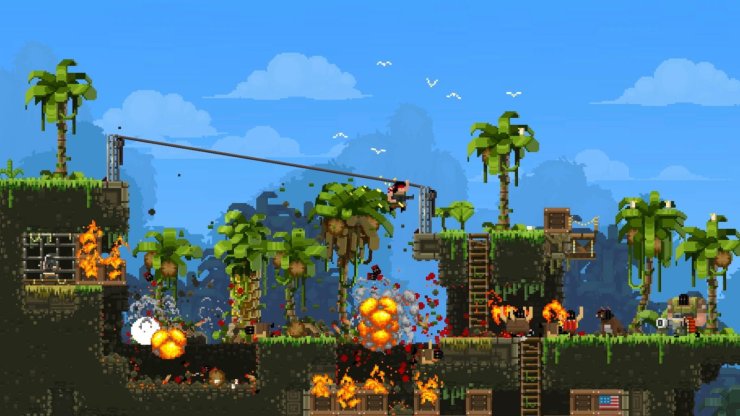
The enjoyable aspect of the game stemmed from its parody-based nomenclature, which drew inspiration from renowned action films—examples include characters named Rambro, Bro Hard, and Brade. Discussing Broforce now is particularly pertinent as it has recently undergone its final update. The "Broforce Forever" patch introduced fresh content and heroes such as Broffy the Vampire Slayer and Desperabro.
Donkey Kong Country
The health system in Donkey Kong Country mirrors that of Broforce. The game featured two playable Kong characters: the default hero, Donkey Kong, and Diddy Kong. When a character sustained damage, they would retreat. Consequently, players could endure a maximum of two hits before succumbing.
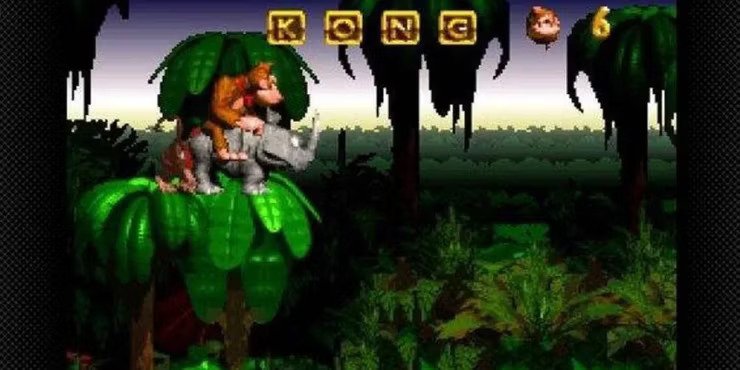
Although the characters underwent alterations in subsequent sequels on the SNES, the life bar remained consistent. However, the reboot on the Wii, titled Donkey Kong Country Returns, saw a modification. Retro Studios introduced a heart meter to the game, altering the health mechanics.
EarthBound
EarthBound, an unconventional turn-based RPG for the SNES, adhered to many customary gameplay mechanics. Utilizing special abilities incurred a point expenditure, denoted as PP, while the health metric was depicted as HP. Yet, a distinctive aspect was applied to the HP system to set it apart.
For instance, consider the protagonist, Ness, with a total of 50 HP, facing an attack that depleted 50 HP. Rather than an instantaneous decrease in his life points, the HP would gradually diminish over time until reaching the appropriate value. To avert his demise, players had the option to mend Ness using magic or an item, thereby offsetting the inflicted damage. This particular dynamic is consistent across the entire Mother series as well.
Fallout 3
Fallout 3 marked a significant overhaul for the Fallout franchise, transitioning its strategic RPG mechanics into a shooter format. Gamers were presented with a comprehensive health gauge, and when it reached zero, the consequences were final. However, this life indicator was an amalgamation of the player's distinct body components, including the limbs (all four of them), the torso, and the head.
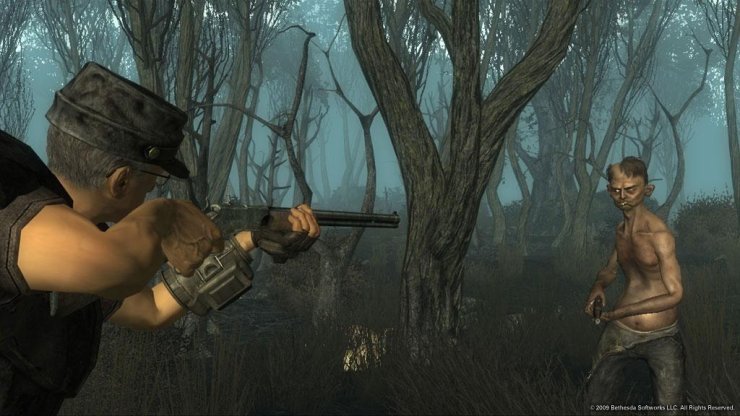
Should the HP reach zero for a specific body part—let's say the right arm—it would have repercussions on combat effectiveness, like diminishing accuracy. Additionally, the game introduced the concept of radiation sickness, whereby excessive exposure had the potential to induce mutations unless appropriate treatment was administered.
In Fallout 3, limbs like arms and legs, along with head and torso, can become crippled. While the Crippled Eye effect is removed, a similar outcome arises from a crippled head. When the head is injured, it triggers a concussion that causes constant blurring of vision and ringing in the ears, impairing sight and hearing. Additionally, Perception is reduced by -4.
Prince Of Persia (2008)
The 2008 iteration of Prince of Persia marked the third revitalization of the Ubisoft series. This version featured a fresh protagonist, accompanied by a enigmatic mage named Elika. The duo embarked on a journey through the nearby deserts, aiming to rejuvenate plant life in their kingdom.
The game heavily incorporated parkour movements, which made it perilous to navigate cliff edges. Nevertheless, The Prince was safeguarded from fatality, as Elika consistently employed magic to rescue him—this was equally applicable during combat scenarios. Consequently, players didn't face a genuine risk of dying or losing, unless they chose to completely exit the game.
Rogue Legacy
Rogue Legacy is an action game in the roguelike genre that employs a conventional health gauge denoted as HP. However, the distinct feature lies within the death mechanism. When a character meets their demise, their journey concludes permanently. Players subsequently commence anew with a different heir from the cursed lineage, complete with randomized statistics.
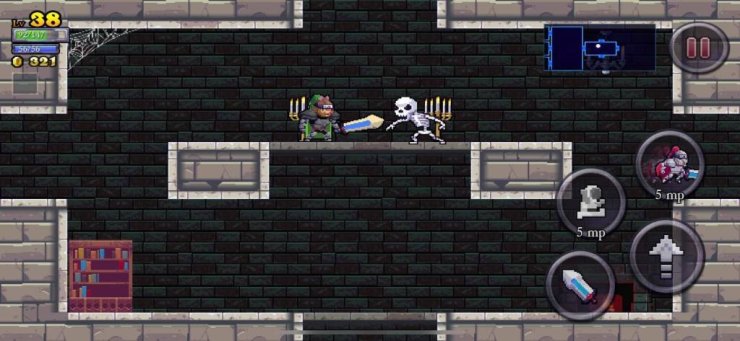
Nevertheless, a subset of cumulative statistics and items persist, contingent upon enhancements to the ancestral castle. This concept of advancement is the crux that differentiates Rogue Legacy as a standout roguelike title, ushering a remarkable transformation within the genre on both the AAA level and beyond, ultimately redefining its conventions.
Superman Returns
Upon its 2006 release for platforms such as PS2, DS, Xbox, and Xbox 360, Superman Returns was generally not well-received as a quality game. Designed in conjunction with the movie as a corresponding action game, it struggled to garner a positive reputation. The Xbox 360 iteration held a primary role in development and strived to introduce an innovative twist to a game centered around the renowned superhero.
Mirroring the comic book portrayal, Superman remained impervious and impervious to death. Yet, a health indicator was present, although it was linked to the well-being of Metropolis. Excessive damage endured by the city spelled game over, encapsulating the game's unique approach to risk and challenge.
Super Mario World 2: Yoshi's Island
Super Mario World 2: Yoshi's Island marked a significant milestone as the inaugural prominent platformer with Yoshi taking center stage as the main character. The diverse array of Yoshi dinosaurs possessed a similar invulnerability to that of Superman; however, Baby Mario did not share this trait. Suffering a hit resulted in Baby Mario being encapsulated in a bubble, accompanied by distressed crying.
Players were granted a ten-second window to retrieve Baby Mario before Kamek's subordinates seized him. The perturbing wails notwithstanding, the game's visual aesthetics positioned it as one of the most visually impressive offerings on the SNES.
>>> Read more: 6 Scary Horror Games Without Any Monsters
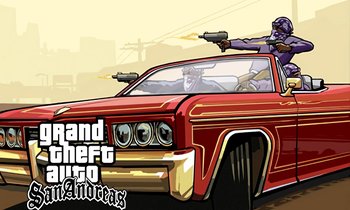


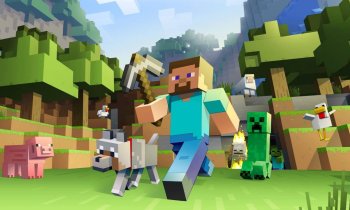






Comments